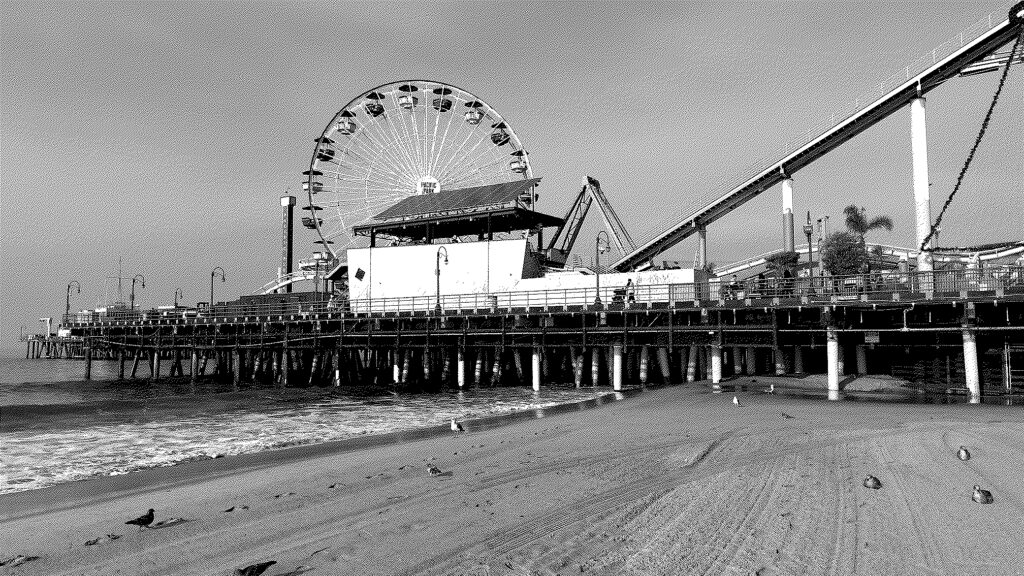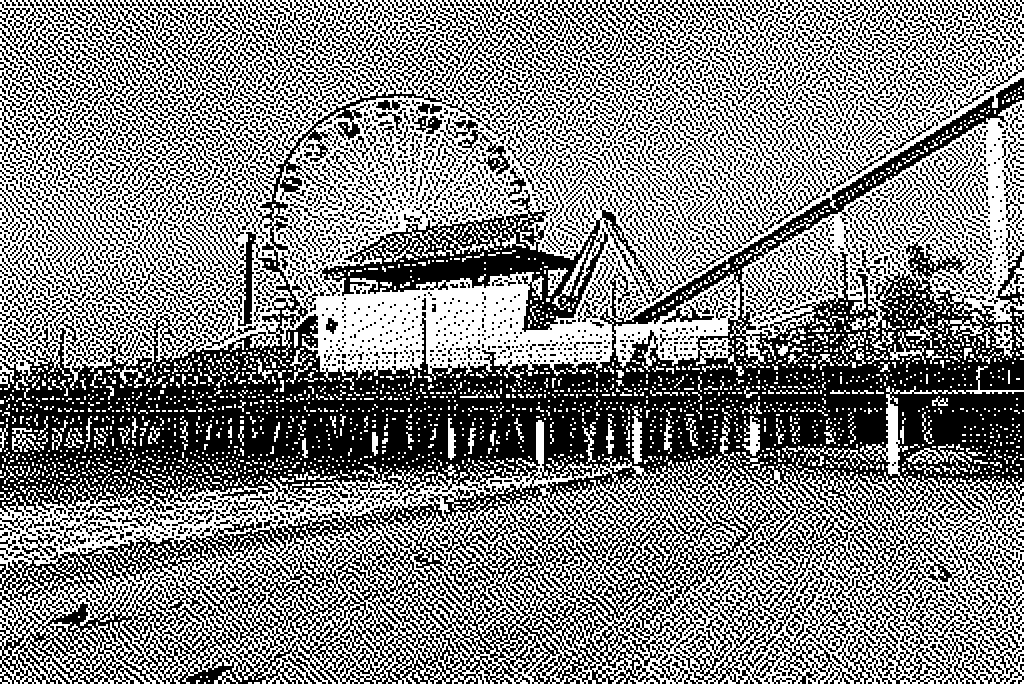Those who may be interested in the original Macintosh design (based upon Apple Lisa) may already know that it was a black and white machine. At the time, this was a significant drawback considering the Apple // and IBM PC computers had color.
Likewise, when the NeXT Cube launched, the original display was grayscale. Color came later.
However grayscale and black and white are not the same thing. A black and white display only can turn a pixel on or off, whereas the pixels in NeXT’s MegaPixel display could display, I’m assuming, 256 levels of gray per pixels.
So how did the Mac display graphics, such as a photograph?
Dithering
Bill Atkinson, the author of QuickDraw on Mac and Lisa, developed his own dithering algorithm to simulate a black and white image (read: grayscale) by creating complex patterns of on/off pixels. Because this algorithm was only on the Macintosh, those familiar with these computers from 1984-1988 might recognize the specific “flavor” of this algorithm on images.
For me the look is nostalgic and interesting. I use this a lot in my work because of my long association with the platform. (My parents bought me my first Apple computer in 1984, the Apple //e, after much consideration. The MacPlus came in 1988 for Christmas specifically so I could use the newly released Finale music notation software from Coda Music Systems.)
You can visit Atkinson’s original algorithm on your modern Mac through Hyperdither from Tinrocket software. The key to making it look authentic is to size the file appropriately so that the pixel density isn’t too dense, otherwise the algorithm’s effect bands in unhappy ways. Here’s a sample of a photo I took this year in Santa Monica:

It looks pretty good here to my eyes reading this on a high resolution MacBook Pro display, but zoom in to see the pixels. It’s really just black and white.
The app has additional functions, including grayscale and alternative algorithms to play with. For a more realistic effect, try first down-sizing your images to 512 × 342 pixels and then applying the effect.
Meanwhile, on iPhone, you can take photos in black and white (and in color) using this algorithm using the BitCam app from the IconFactory.

